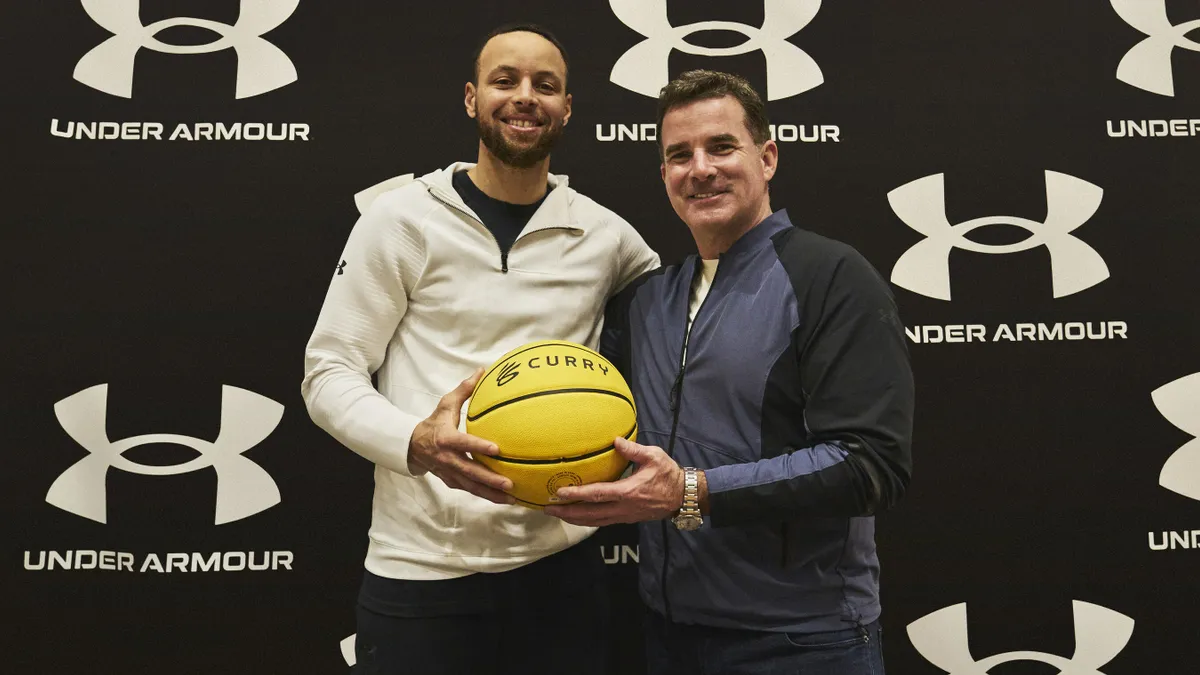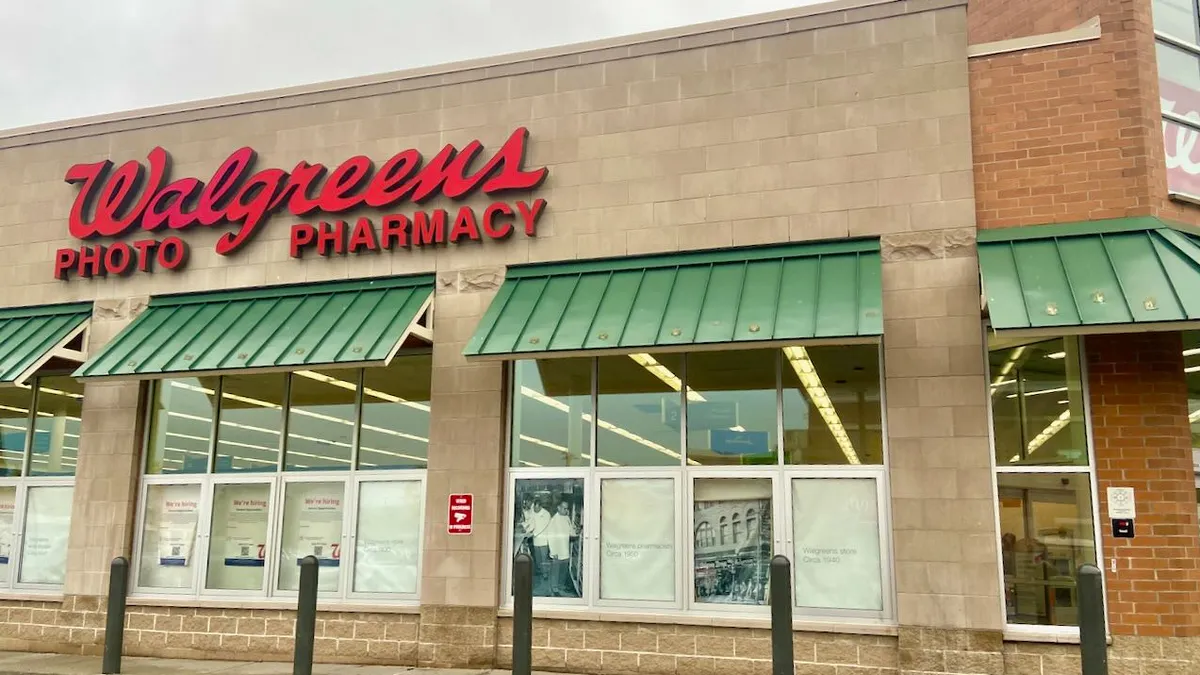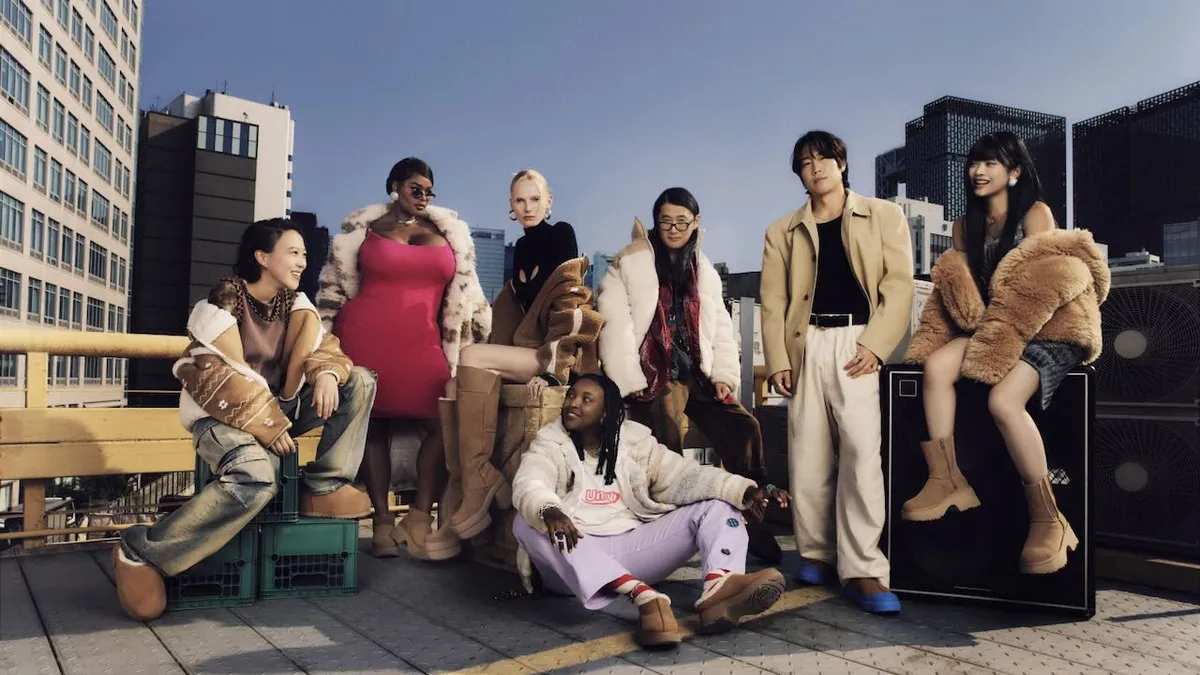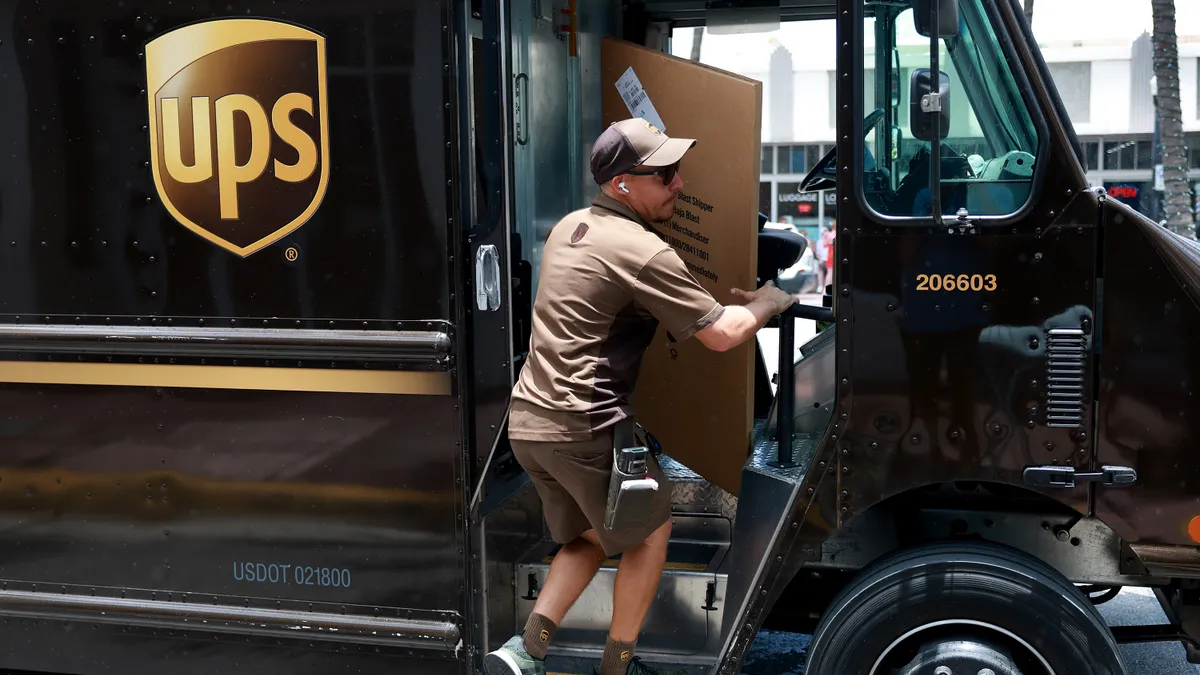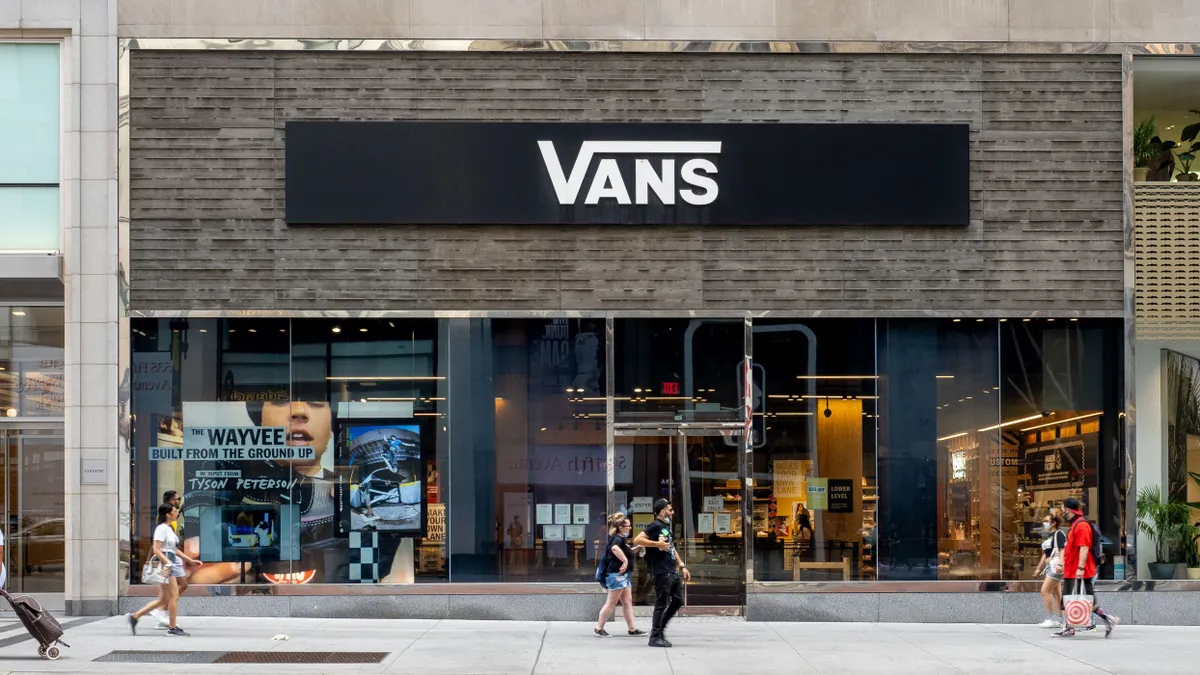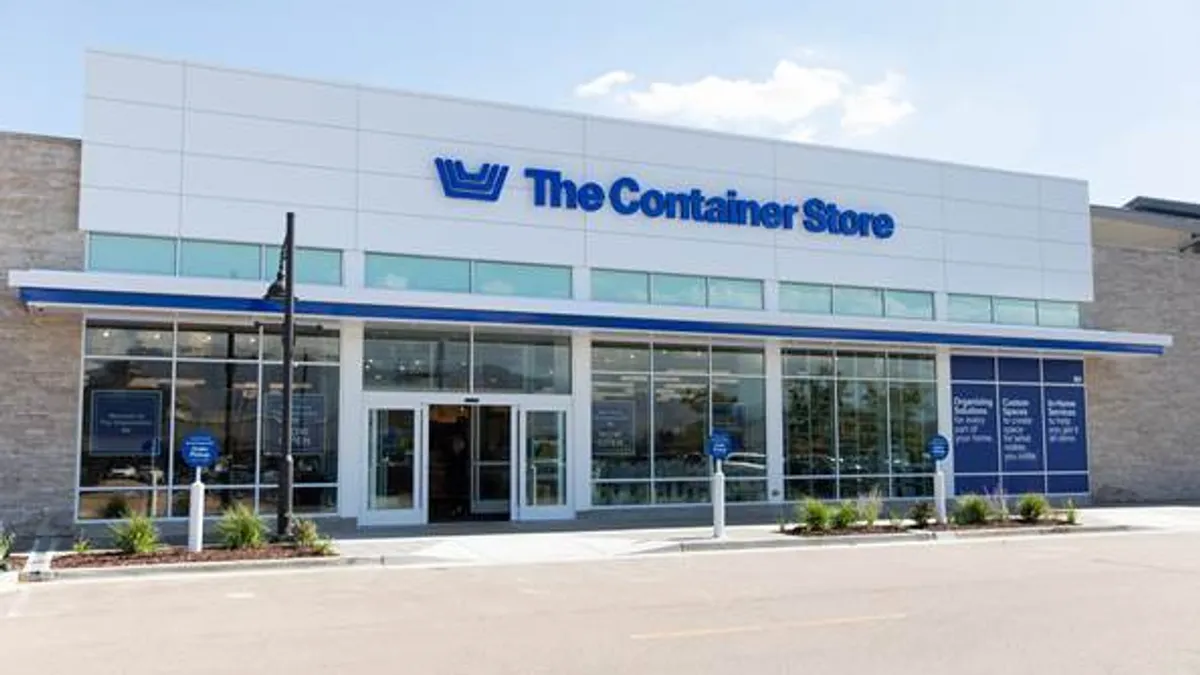Last year was a bit of a bumpy ride for many retailers as consumers kept a finicky attitude toward spending. The year ended with the strongest economic news in a long while, though, and a sense that consumers may loosen up a little.
Still, there are plenty of challenges left in retail, some that are part of the landscape and others peculiar to an individual retailer. Here are a few retailers to watch to see how, or if, they can meet those challenges in 2015.
J.C. Penney
What a difference a year makes. Last holiday season left J.C. Penney moaning about consumer reluctance to spend due to the weather, the economy, and other outside forces.
Plus, former CEO Mike Ullman had returned in 2013 to undue many of the changes to merchandise and pricing brought on by CEO Ron Johnson — changes that were alienating loyal customers and tanking sales.
Because he had been so recently let go, Ullman’s return was a bit awkward, and analysts and observers predicted that the retailer wouldn’t ever recover from Johnson’s drastic changes. Instead, the retailer got what it needed from the recent holidays and much of last year. Things are looking up for Penney just in time for Ullman to hand the reigns to Marvin Ellison, the former Home Depot chief who will soon take over. Watch for Ullman to make the kind of changes sought by the retailer when it initially let Ullman go, while staying away from anything too radical.
Target
Target was severely wounded by its massive data breach at the end of 2013, a disaster that exposed other problems at the retailer and led to longtime CEO Gregg Steinhafel’s ouster.
Under new CEO Brian Cornell, Target has brought in leaders from outside, an apparent answer to criticism that the retailer had become too insular. But Cornell is likely just getting started. Look for how Target handles the new demands of mobile shopping and brings back some of the low-hi luster and discount designer appeal it once enjoyed.
American Apparel
When it comes to American Apparel, it's not so much about keeping an eye on things, but, rather, being unable to look away. The retailer had an incredibly disruptive year beginning in June, when founder Dov Charney was tossed as CEO.
It's been a whirlwind since then. After his final firing just last month, Dov Charney is reportedly trying to come back to the retailer he founded. But American Apparel is soldiering on. Retail veteran Paula Schneider has taken over as CEO, and other women, for the first time ever, are in other top slots at the company, including chairman of the board. No matter if Charney returns, and whether or not the retailer is taken over, it's a new era there now and there’s no going back.
Teen retailers
Aeropostale, Abercrombie & Fitch, and American Eagle are still standing, while Deb Shops, Delia’s and possibly Wet Seal are going under. While the economic recovery may help the “three A’s,” these retailers will need to do more than sit back and enjoy any spoils. Teenagers’ taste in apparel is changing. More are saving their money for tech gadgets and smartphones, and the “cool kid,” logo-centric clothing of yesterday no longer appeals to them.
It’s not clear whether aping fast-fashion retailers like H&M and Forever 21 will be the answer, either. Teenagers are sensitive to issues of sustainability and other matters of corporate responsibility, and that may be a clue to some recipe for success. American Eagle’s Aerie lingerie brand, for example, has seen success in its new policy of eschewing Photoshop alterations in its ads and marketing materials.
Italian teen apparel retailer Brandy Melville has found a way to be different, through a certain kind of sameness. The company has the quirky policy of offering most items in just one size, which it says "fits most." The company has clearly mastered teen-dominated social media site Instagram, and uses focus groups to find out what girls want. You heard right: the retailer works hard to find out what its customers want to buy.
There also may be too many stores offering similar goods, mostly in malls. The success of shopping social media sensation Wanelo shows that young people may be happy to share and buy with the phones they’ve saved up for — providing they have anything left in the budget.
Sears
2015 could be a pivotal year for America’s original retail disrupter. Sears has taken drastic steps to leverage its real estate assets and cut its costs to repair its liquidity problem. The iconic retailer didn’t have great holidays and continues to close stores, but if it can steady itself this year, it may be able to contemplate a future.
Drugstores
There was dramatic news at drugstore retailers in 2014. CVS Caremark quit selling tobacco, leaving some $2 billion of revenue on the table, and rebranded to CVS Health to reflect its ambitions to become a broad health care retail and services company. And Walgreens, the largest drugstore retailer in the U.S., merged with U.K.-based Alliance Boots to create an international drugstore retail behemoth.
The Affordable Care Act continues to be a disruption in the health care field that is creating big opportunities for drugstore retailers. It will take a lot of innovation to meet that challenge.
Alibaba and Amazon
Although Alibaba took Wall Street by storm this fall with its record-setting IPO, it’s unlikely to make that much of a direct mark on the American retail scene. But coupled with Amazon, which is proving to be a chronic disrupter, it will influence many aspects of the business and that will keep retailers on their toes.
Both Alibaba and Amazon work with outside retailers to sell goods and have ambitions as international marketplaces and payment platforms. Amazon is especially honing its fulfillment and payments sectors. Add to Amazon’s muscles its massive and apparently growing Prime membership program, which helps trap and keep customers.
With Alibaba flush with cash and Amazon always innovating, retailers will have to watch them closely and will also have to innovate in order to compete.







